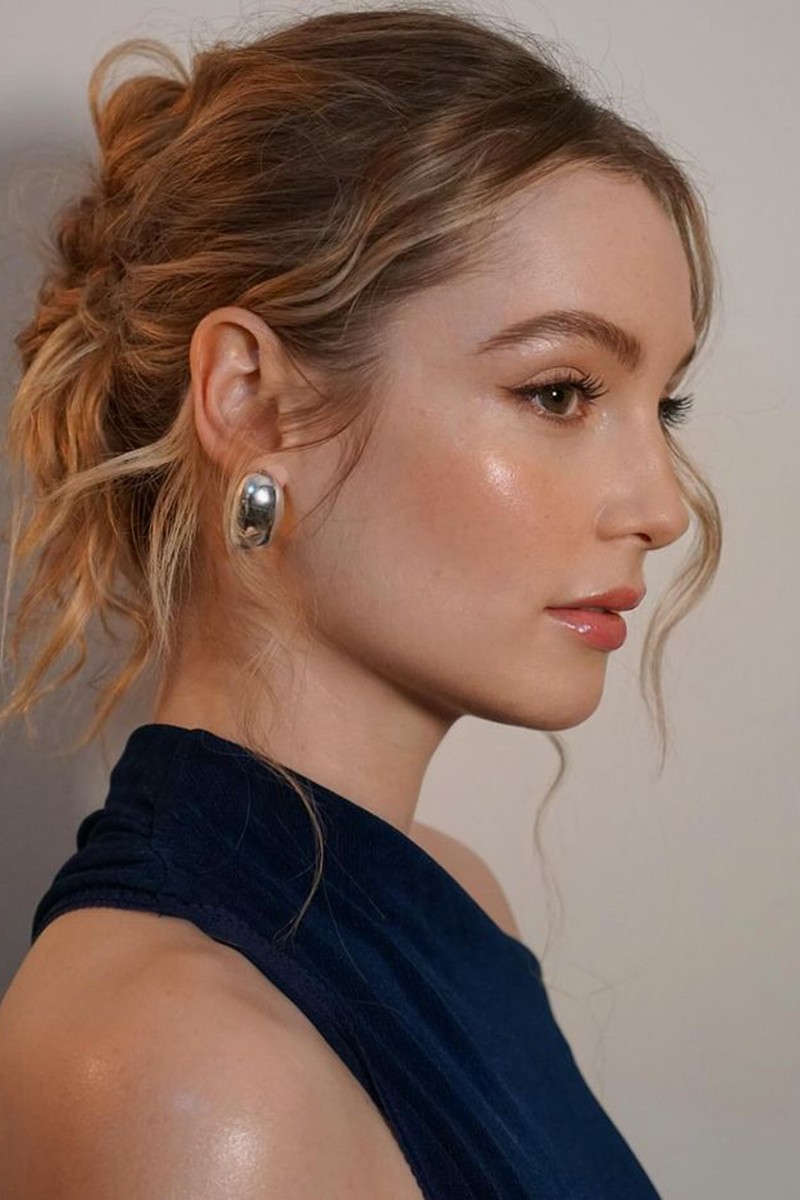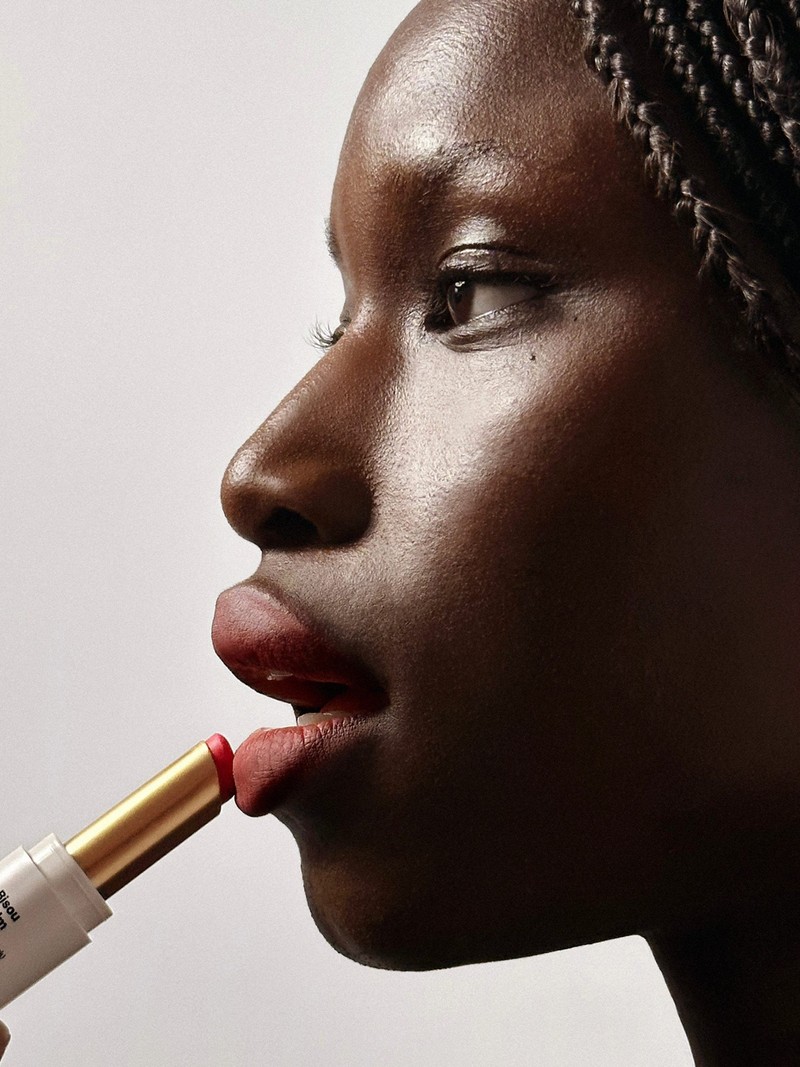
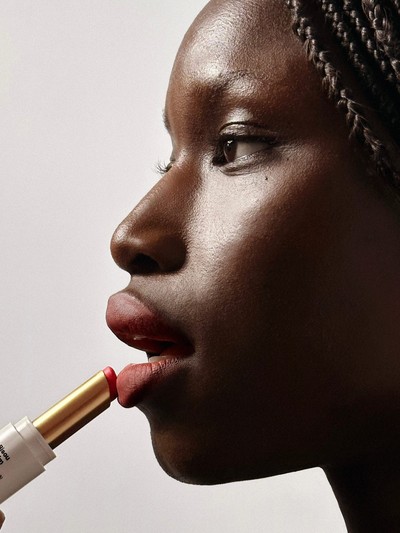
Your Most Asked Make-Up Questions, Answered
How do you find the right foundation shade for your skin tone?
“Always test foundation shades on your jawline and chest area – this gives a much more accurate match than the skin on your hands. Select two or three shades that feel closest to your skin tone and apply a small stripe of each. Examine the swatches in natural daylight, as indoor lighting can often distort the true colour. The shade that blends seamlessly into your skin is your best match.”
What’s the best way to conceal a spot?
“Start by applying your foundation to create an even base. This allows you to use less concealer and achieve a more natural look. Reach for a high-coverage, creamy concealer like the Jones Road Face Pencils. Apply it directly to the spot, using the pencil’s tip for precise application. Gently blend the edges of the concealer either with your fingertip or a small brush to meld it into your foundation. Finish by setting the concealed area with a translucent powder to lock it in place.”
How can you look instantly more awake?
“Some strategic make-up choices can work wonders. Apply Victoria Beckham's Instant Brightening Waterline Pencil – it instantly brightens tired eyes and makes them appear more alert. For a natural flush that perks up both cheeks and lips, reach for Violette_Fr’s Bisou Blush. Its sheer, buildable formula enhances your complexion, delivering a healthy glow that revitalises your skin.”
What is the purpose of corrector and how do you know which colour you need?
“Correctors are essential tools, working on the principle of colour theory to neutralise imperfections. They function by counteracting specific hues in your skin. For instance, green correctors neutralise redness and can be really useful if you have blemishes or rosacea. If you’ve got redness all over, a yellow-based foundation can help balance your skin tone without the need for a green corrector. Otherwise, use it sparingly on areas of intense redness, then layer your usual concealer over the top. Peach, orange or red are best for neutralising dark circles, creating the appearance of a brighter under-eye area. Blend it well and follow up with a concealer that either matches your skin tone or is one shade lighter.”
How often should you wash your make-up brushes?
“Brushes are notorious breeding grounds for bacteria – not cleaning them regularly can lead to skin issues like breakouts and infections. Wash them using a gentle shampoo and lukewarm water at least once a week to prevent a build-up of bacteria, oils and product residue. Massage the bristles then rinse until the water runs clear. Allow the brushes to air-dry completely before storing them to protect the quality. For a quick, water-free option, consider an antibacterial brush cleaner like ISOCLEAN’s one. This product effectively disinfects brushes without the need for rinsing, making it convenient for on the go.”
What’s the best way to apply foundation for a natural, streak-free finish?
“Applying foundation with your fingers allows it to blend in with your skin’s natural texture, giving you a glowy look. I also love a quality buffer brush such as the Hourglass Ambient Soft Glow Foundation Brush, as it offers controlled application and creates a flawless, airbrushed effect. Build coverage gradually by applying thin layers of foundation, focusing on areas that naturally need more coverage.”
Where on the face should you apply blush for a flattering, lifted effect?
“While it can vary depending on your face shape, most people benefit from applying blush to the apples of the cheeks – the part that pops forward when you smile. For a lifted effect, blend the blush slightly upwards towards the temples. This technique not only adds a natural flush, but also enhances the overall contour of your face.”
How can you stop your mascara from clumping?
“Sometimes mascara clumping is unavoidable, especially as your mascara ages and the formula dries out. But don’t worry – you don’t have to start over. To fix clumpy lashes, I love using a metal lash comb or a disposable clean mascara wand to separate them. Both tools help to evenly distribute the product and achieve a more fanned-out effect.”
What’s the best way to create the illusion of a fuller brow if you’ve previously over-plucked?
“As a former over-plucker myself (I blame Pamela Anderson, though she still rocks her iconic brows), I know the struggle. Thankfully, there are so many products available now to help you achieve more fullness. Personally, I use two shades of brow pencil: a lighter shade for the inner brows and a slightly deeper shade for the outer edges. Then I use a brow gel to fluff up the hairs I have left, making them look thicker and more voluminous.”
What style of eye make-up is best suited to hooded eyes?
“For hooded eyes, the focus should be on the lash line and lashes rather than the eyelids. It’s amazing what a little soft shimmer liner and some corner false lashes can do to make the eyes look more open. I also recommend investing in a good lash curler – my favourite is from Shu Uemura. This combination can beautifully enhance and open up hooded eyes.”
How can you prevent your lipstick from bleeding?
“If you’re prone to lip-line bleeding, try a drier formulation. You could even use a lip pencil all over the lips with a touch of lip balm in the centre for moisture. The glossier the lipstick, the more likely it is to bleed. Powdery, matte textures have much better staying power and help maintain a clean, defined look throughout the day.”
What’s the difference between BB cream, CC cream and tinted moisturiser?
“Honestly, not much! They’re all essentially sheer foundations with added skincare benefits. BB creams typically focus on hydration and blemish control; CC creams are geared towards colour correction; and tinted moisturisers provide light coverage with a dose of hydration. Regardless of which one you choose, always apply your regular skincare products underneath for the best results.”
Where should you apply contour for a subtle, sculpted effect?
“The era of over-contouring is out, thank goodness, and subtle contouring is in. I highly recommend cream formulas, particularly from Westman Atelier. The shades are perfectly calibrated for a natural look and the texture is easy to blend. Focus on applying the product to the hollows of your cheeks, along the jawline and at the temples, blending it well for a seamless, sculpted effect.”
Is it still possible to use your regular foundation if you've caught the sun?
“Absolutely – one trick is to apply your foundation with a damp sponge to sheer it out, allowing your natural tan to shine through. Alternatively, to adjust your foundation to your new sun-kissed complexion, you can mix in a few drops of Isle of Paradise’s Sunny Serum. This not only customises the shade but also adds an extra glow for that radiant, summer-ready finish.”
What’s the secret to achieving luminous, glassy skin?
“As a skincare enthusiast, I believe the key lies in meticulous skin preparation. Layering skincare products, incorporating masks and thoroughly massaging serums into the skin are essential steps. The skin should be thoroughly hydrated and dewy before applying foundation in light layers. To ensure a flawless finish, I refrain from powdering the T-zone until the very end of the make-up application, allowing the skincare and foundation to fully settle. For an extra sheen, I love adding glosses and creams to the cheekbones, creating that coveted glassy finish.”
Follow @SARAHILLMAKEUP & for more make-up advice, visit the SL COMMUNITY
SHOP SARA HILL'S FAVOURITES
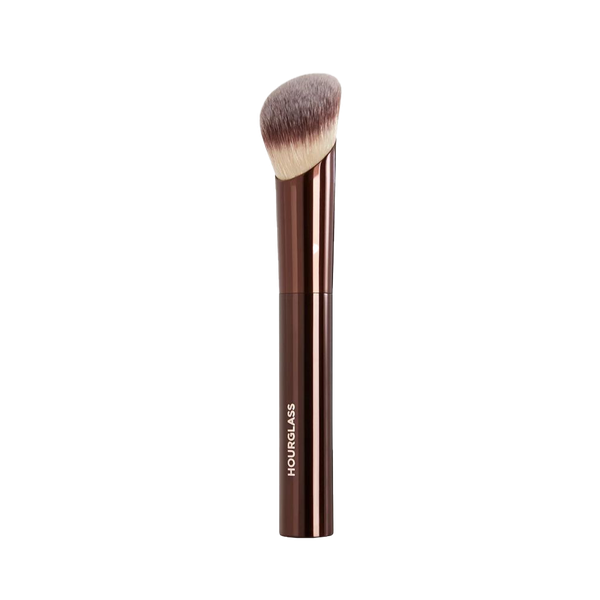
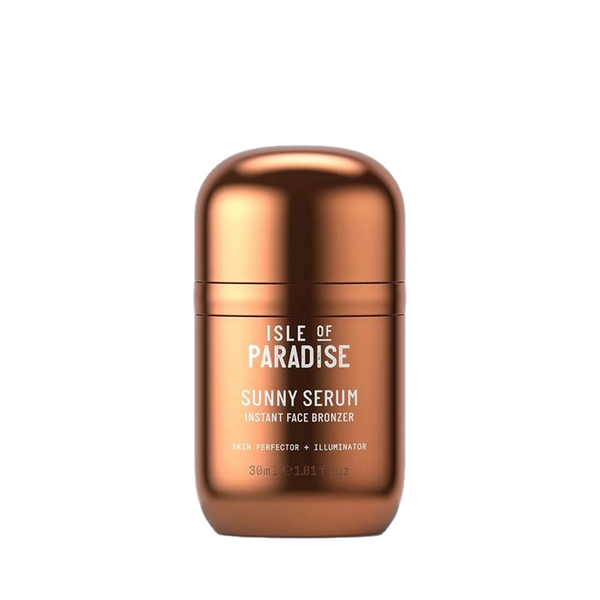
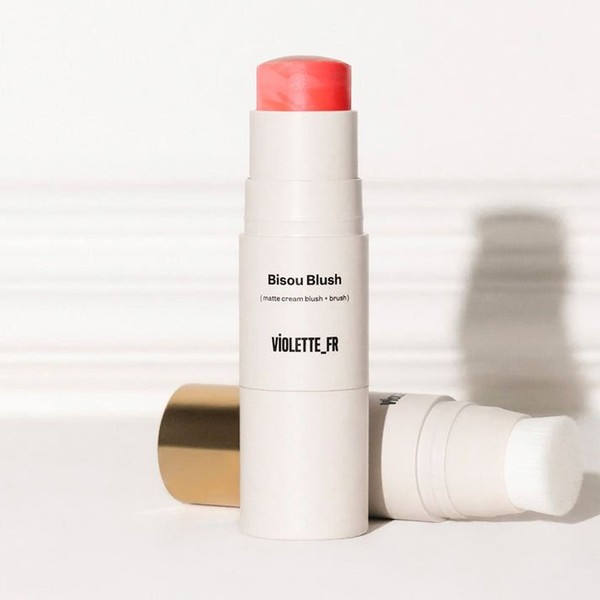
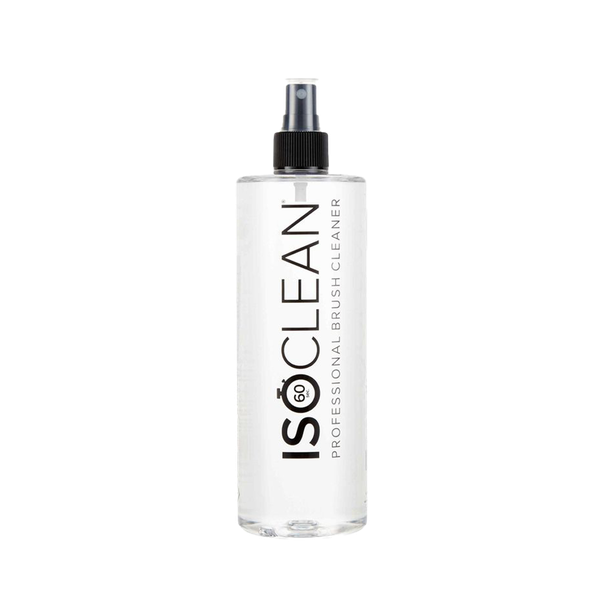
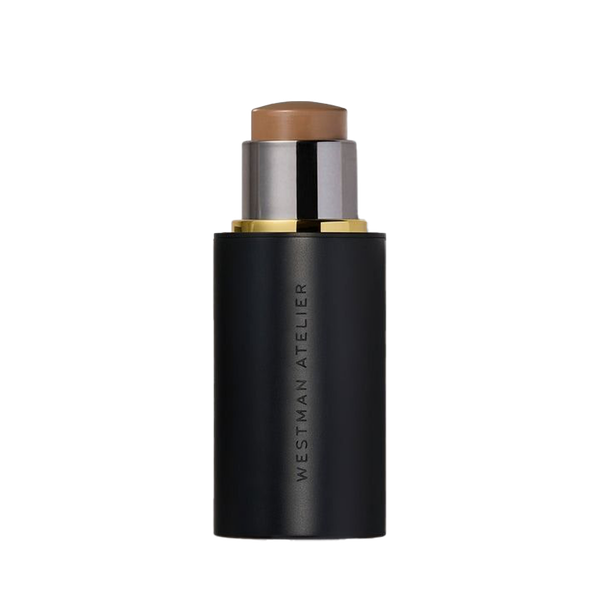
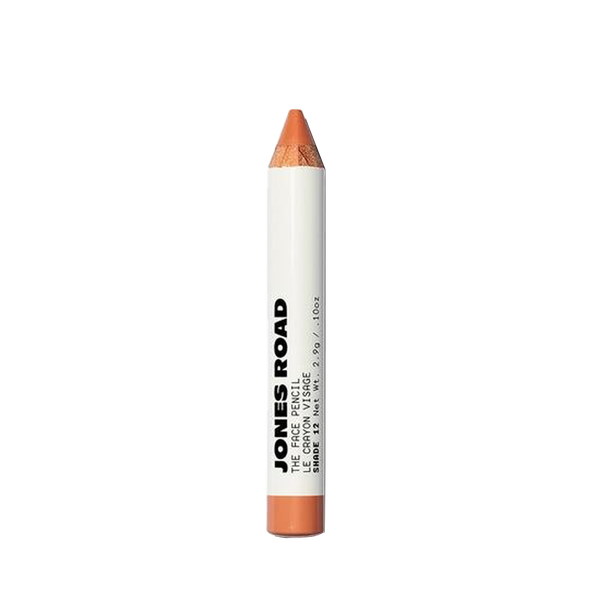
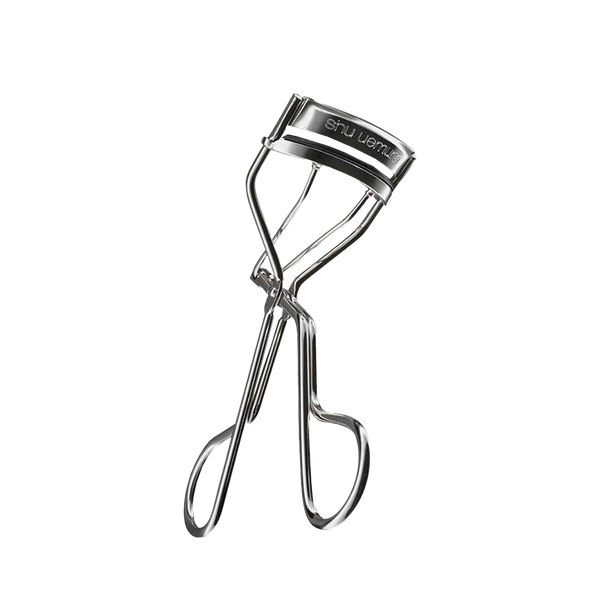
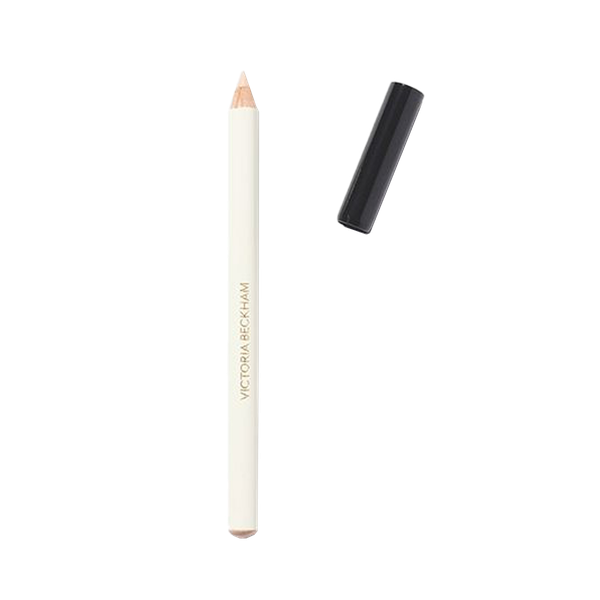
DISCLAIMER: We endeavour to always credit the correct original source of every image we use. If you think a credit may be incorrect, please contact us at info@sheerluxe.com.


/https%3A%2F%2Fsheerluxe.com%2Fsites%2Fsheerluxe%2Ffiles%2Farticles%2F2024%2F08%2Fsarah-hill-makeup-questions-landscape1.png?itok=vVFo62hm)
